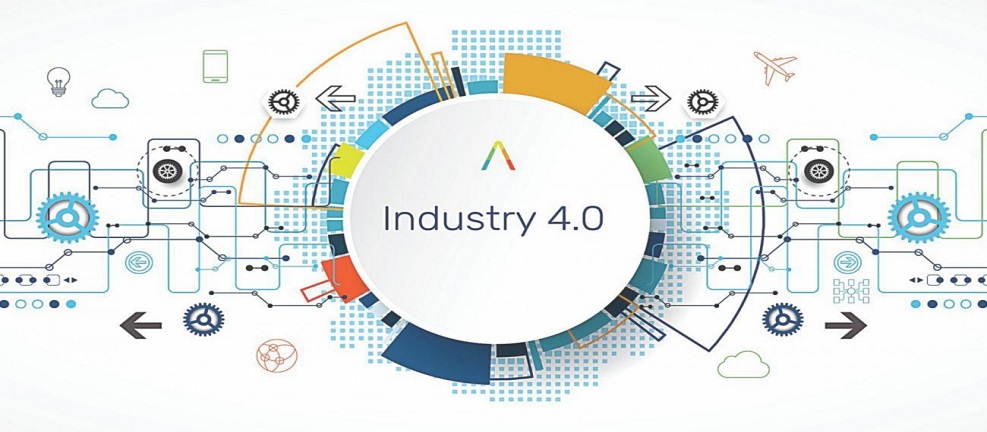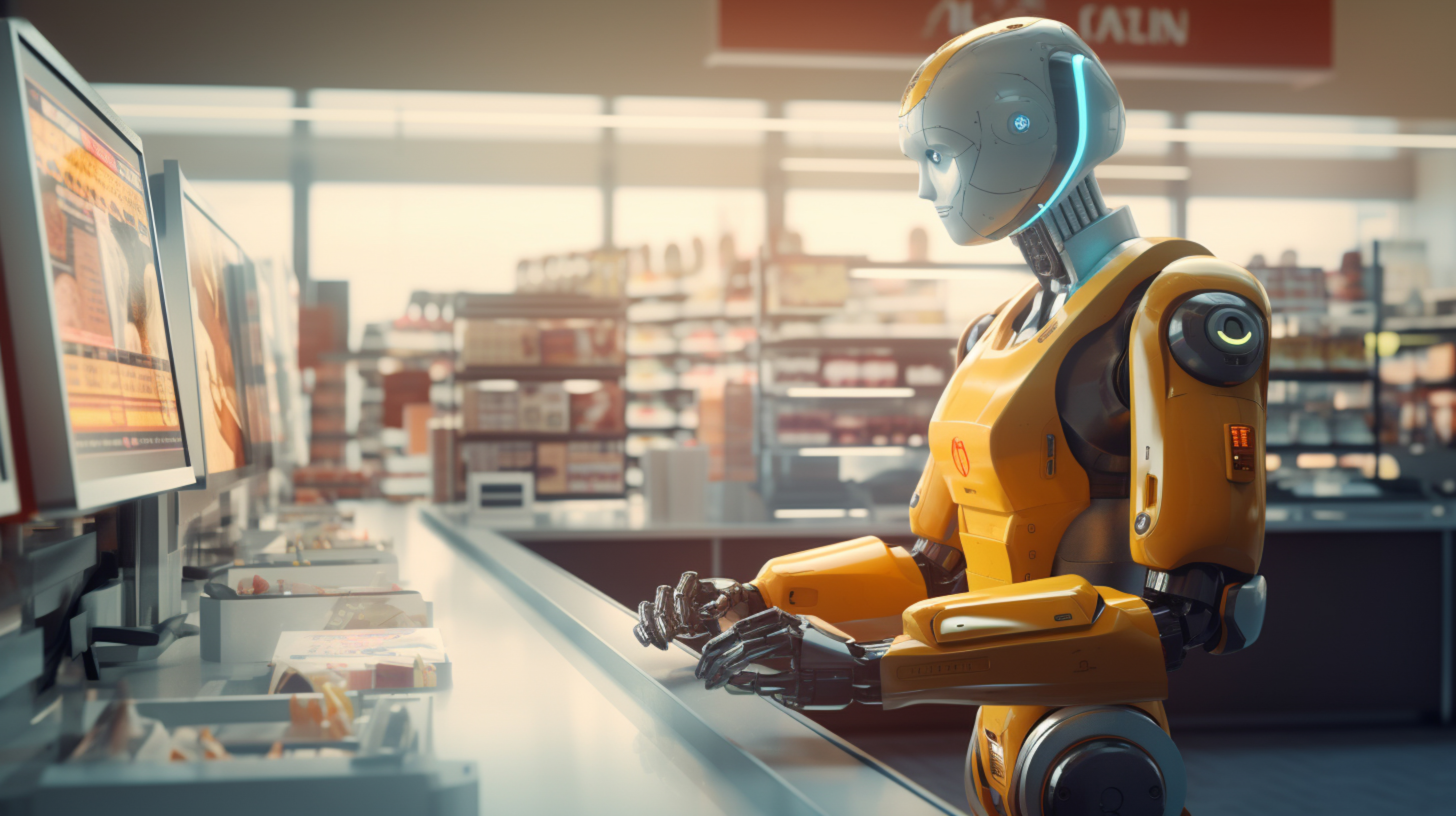Over 800 experts from the World Economic Forum’s Global Agenda Council on the Future of Software and Society expect cutting edge technologies to be refined well enough by 2025 and become an intensive part of daily life.
A majority of these experts believe that by 2025, people across the globe will wear clothes connected to the internet, will have access to free, unlimited cloud storage and that robots will replace pharmacists.
These are 'tipping points' that indicate the beginning of a massive industrial revolution that will change the way we live and work. Industrialization brought about advances in technology that significantly improved the quality of life globally.
We went from relying on muscle-power to utilizing machine and computing power to create the products we desire. These developments led to the creation of higher-quality products that were manufactured faster.
It took us almost 200 years to refine our industries and reach this level of proficiency. It happened in sudden bursts – leading to lapses in adoption across societies.
14% of the global population still does not have access to electricity, a powerful utility introduced to the world during the second industrial revolution, circa 1900. Also, over 40% of the population does not have access to the internet.
However, most of the planet has benefited from three industrial revolutions that took place across human history at critical points.
The first one enabled faster transportation and better clothing, the second introduced precision machinery to the world, and the third connected the world in ways once never thought possible.
The fourth industrial revolution (sometimes called Industry 4.0, a term coined in 2011) will continue to build on the digital revolution.
It is characterized by much more mobile and ubiquitous internet access, and widespread adaptation of advanced technologies like Blockchain, Artificial Intelligence, and Machine Learning.
What makes Industry 4.0 different from previous revolutions is its exponential speed and scope.
A good way of getting a glimpse of such future development is by analyzing the data we presently possess.
If we compared the circumstances in Detroit in 1990 to Silicon Valley, we may observe that both produced almost equal revenues in the same period, say till 2014.
However, the number of workers in Detroit were roughly ten times higher than those in Silicon Valley. Also, the market capitalization of Silicon Valley was valued at $1.3 Trillion, compared to the $36 Billion valuations of Detroit.
Hence, the speed of growth is faster every time new technology is created.
Post-revolution technology will have an unlimited scope – the fusion of advancements will enable a wide variety of leaps in the physical and biological domain.
Autonomous transport and advanced robotics will aid us in everyday life. Gene sequencing will enable synthetic biology, and life-threatening diseases will be 'edited' out of the human DNA.
These are just foresight – it is virtually impossible to predict the applications that computers will have a few years from now due to their dexterous nature.
However, it is uniquely evident that the next industrial revolution will undoubtedly change the way we approach work.
With life expectancy going up, and birth rates slowing down, the age of retirement will be re-assessed so we may live more fruitful lives.
Labor-intensive jobs will be automated, which will make for a better work-life balance for the masses. Also, with the steady increase in wages across industries and professions, people around the globe will be engaged in more creative and satisfying work.
Corporations will look for people skilled in adapting to newer methodologies, rather than looking for a defined set of skills. This will make us more versatile and flexible.
The best part of it all is – most, if not all, jobs will be created without any limitations. Employees will have:
- Location independence
- Creative Independence
- Remote Collaboration
- Lesser Stress and Maximum Satisfaction
An increasing number of employers are using the “human cloud” to connect with professionals from across the globe.
Projects are divided into precise segments, which are then issued to the professionals in the cloud. This can be anybody from anywhere – as long as they’re skilled and aspiring enough.
This trend will put the everyday Joe in a unique position, and the world will comprise of professionals that do a portfolio of different things to generate income.
They may do the same job – but for different corporations, using different approaches and following different processes.
The revolution will create a global freelance village, where every professional can satisfy demands in their unique way. Professionals around the world will have the freedom to work on whatever they like from wherever they want.
On the other hand, companies will be able to get whomever they choose to work on whatever they need and get things done exactly the way they want them to be.
Cloud collaborations will enable companies to be found and products to be created and sold over the internet. It will lead to the creation of a remote ecosystem – where each professional has their ideas and visions and can pitch in whenever and from wherever they please.
Under such circumstances, executives will be able to work independently and manage multiple companies.
We at AIDOOS are entirely mesmerized by and focused on enabling this revolution by equipping the masses with the tools they need to connect in a cloud intensive ecosystem.
We are aggressively working on various software empowering remote capabilities like customer relationship management and workforce management to cloud computing and other collaboration software.
Enabling the “human cloud” paradigm is the need of the hour – both for employers and professionals alike. It will make for better outcomes for companies and will make work more rewarding and fulfilling for professionals across all industries.




